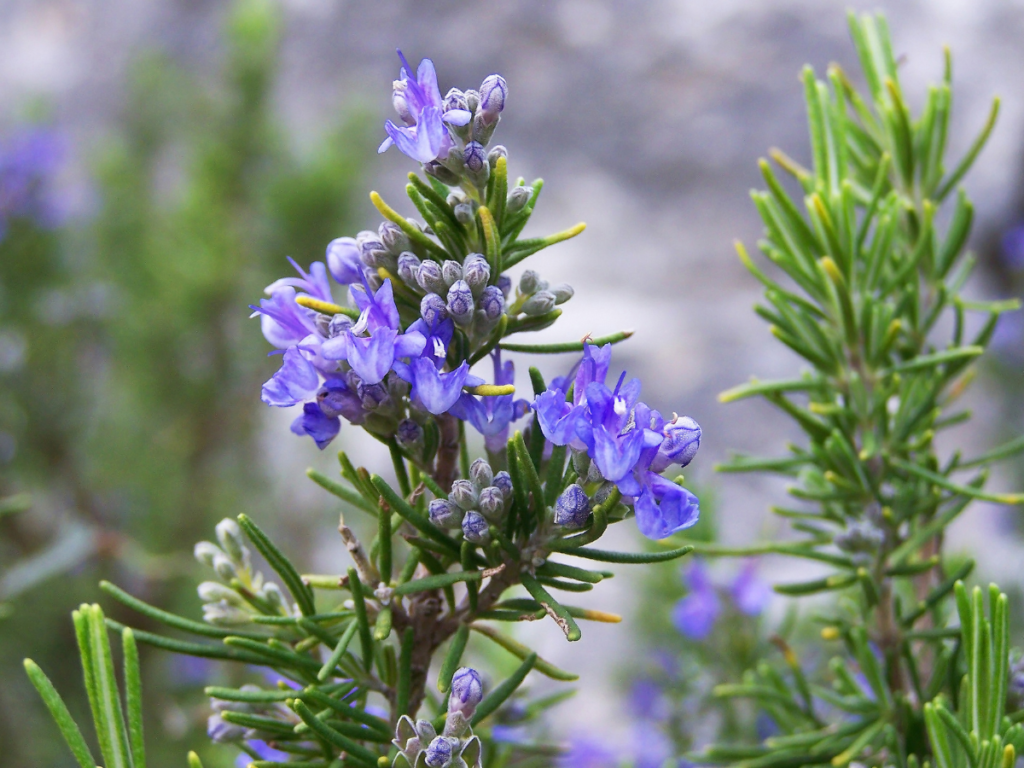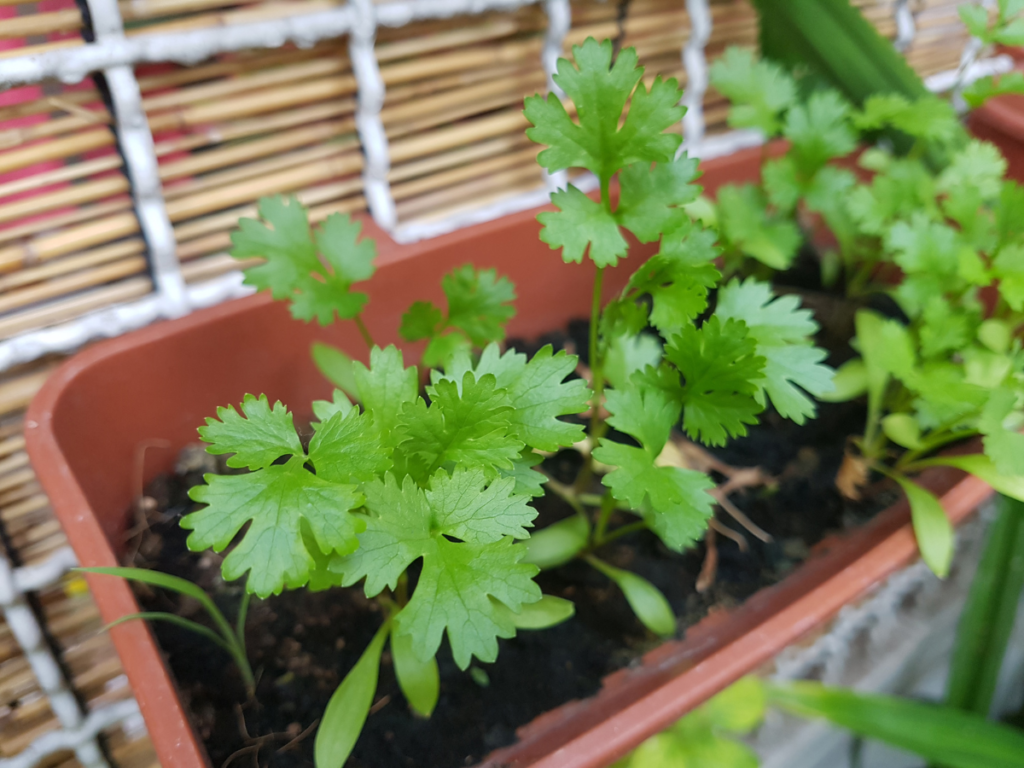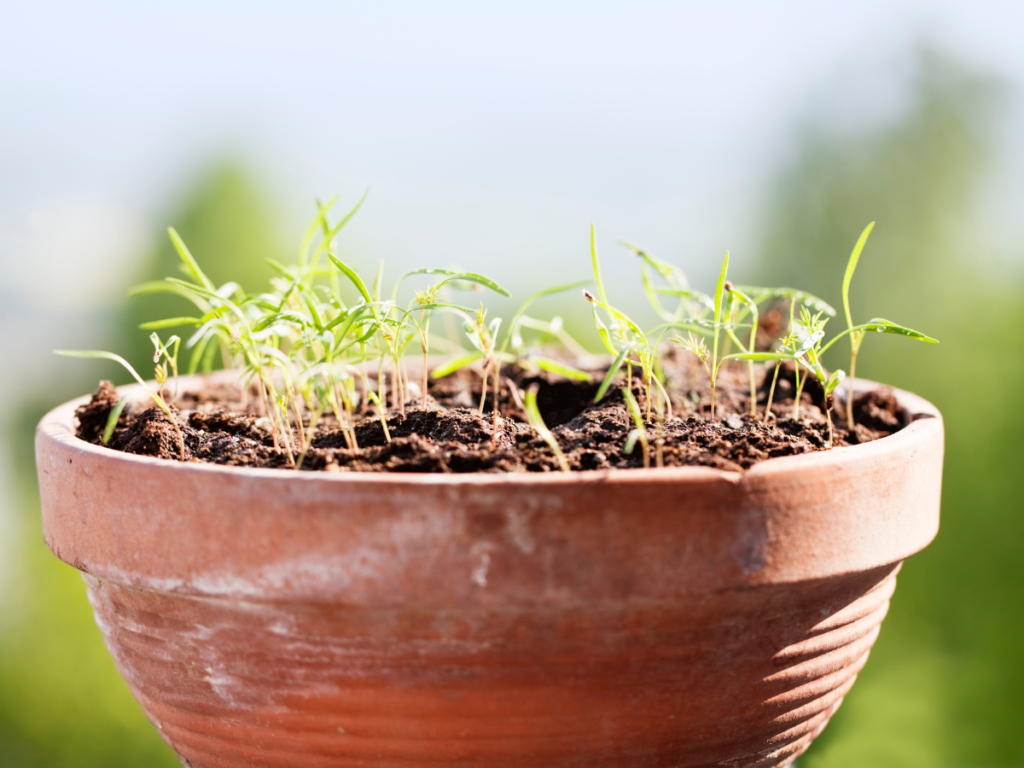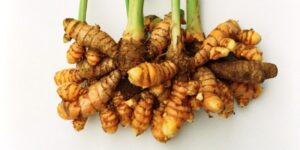Walking into a home that smells of fresh herbs is like walking into a piece of heaven. The smell is so soothing and relaxing and instantly makes you happy.
Whether the herbs are growing in your garden or inside your home, the scent is sure to make your house smell really good. Besides making your home smell good, fresh herbs can be used in various other things.
It doesn’t matter if you’re making a simple meal or a complex recipe, herbs help bring out the dish’s flavors and make it pop. Most herbs are easy to grow, and they just require a small space near your window and some bright sunlight. If you don’t have the bright sunlight, you can always put a grow light in the window.
Make sure to water these incredibly fragrant herbs appropriately because doing so will help them remain fresh and healthy. In this article, we have compiled 13 of the best fragrant herbs to grow indoors.
We’ll provide tips on caring for these plants and discuss some of the benefits.
Table of Contents
Basil
Basil has that fresh and pungent smell that immediately alleviates your mood. Working in the kitchen becomes turbulent when cooking something a bit uncomfortable to your nose.
Growing basil in your kitchen can help get rid of that smell. It can be used in different dishes such as tomato sauce, pasta dishes, salads, and can be blended with other ingredients to make pesto sauce.
It is one of the best fragrant herbs to grow indoors because it can grow quite quickly. All you need is space near a window, 6-8 hours of bright sunlight, and moist soil.
Make sure to keep watering them after every two days to keep them fresh and healthy.
Sage
Sage is a perennial smelly herb with a strong sweet smell. A prominent member of the mint family, it has a minty aroma that smells great. You can grow it in your kitchen for cooking, but you can also use sage as an herb to make tea. Additionally, it can be used as an insect repellent as well.
It is versatile and can be used in many different cuisines, such as chicken and fish. Sage has a minty taste, so you can use it to make a lovely mint tea.
It can be grown from seed or a cutting taken from a healthy plant. The soil should be well-drained and sandy. The plant needs total sun exposure and does not need a lot of watering.
The containers used to plant sage should have adequate drainage because it doesn’t need a lot of water.
Also Read: 8 Medicinal Herbs You Can Grow At Home
Rosemary
If you are looking for that herb to grow in your home, rosemary should be on top of your list. It has that strong, woody smell that smells like camphor and eucalyptus. It is a versatile herb that can be used in both sweet and savory cuisines. It has a strong and piney flavor that can add depth of flavor to different dishes.
Rosemary is often used in Mediterranean cuisine but can be used in any cuisine. It is popular in roast meats but can also be used in desserts, such as cakes and pastries. It doesn’t require a lot of maintenance to grow.
You need some sunlight, well-draining soil, and good air circulation to pass through. Rosemary needs little watering to thrive. If it dries or turns pale green, add a little bit of fertilizer to make your plant better again.
Mint
If we talk about that, one particular strong smell that a lot of people can easily recognize is Mint. Easily one of the best smelling herbs to grow, It has the power to freshen up your lungs and alleviate your entire mood.
It is often used as a key ingredient in face wash, creams, ointment, toothpaste, and of course, your toothpaste. When used in cooking, It imparts a refreshing, cooling, and slightly astringent flavor. The essential oils in fresh Mint are believed to help stimulate the digestive system and can help soothe an upset stomach.
Mint is also a natural anti-inflammatory and can be used to help relieve pain from headaches, toothaches, and other types of pain. It prefers moist, well-drained soil and full sunlight.
For your indoor garden, Mint can be grown in a pot filled with moist potting soil. Be sure to keep the soil moist but not wet. It will also benefit from regular fertilization. Peppermint and Spearmint are the two prominent varieties that are popularly grown indoors.
Thyme
Thyme is a perennial herb that smells like lemon and Mint. Its strong, pungent smell is also said to be reminiscent of cloves. It contains a compound called Thymol, which is known as the main ingredient in disinfectants and flavoring agents.
Thyme is often placed in drawings and living rooms because of its attractiveness and nice smell. Thyme needs bright sunlight and a little water to thrive. You should water it only when the soil appears to be dry.
Thyme can be used fresh or dried in various dishes, such as soups, stews, and sauces. It is also popular in Mediterranean cuisine, often used to season lamb and chicken dishes.
Lavender

Lavender has a sweet, floral, and slightly woodsy scent. It is one of the most popular aromatic herbs used for its calming and relaxing properties. Lavender has a long history of use in medicine and is still used to help promote sleep.
Lavender also has many benefits for the home, including its ability to repel moths and other insects. It is also used in colognes, room fresheners, lotions, and perfumes.
Lavender is an attractive herb that can be quickly grown indoors. It requires an adequate amount of sunlight to thrive. Make sure to water only when the soil appears to be dry.
Chives
Chives aren’t the strongest when it comes to fragrance, but it is a convenient plant to have in your indoor herb garden. They are used for cooking because they add mild flavor and color to your food.
It can be quickly grown in a pot with moist soil and bright sunlight. Once the plants are a few inches tall, they can be harvested by snipping off the tops with scissors.
See: Chives Companion Herbs: 6 Best Herbs To Grow With Chives
Parsley
Parsley smells like green grass. It is a mild aromatic herb that smells like fresh grass. It has a slightly peppery taste and is a great addition to salads, soups, and sauces. It can also be used as a garnish for dishes such as chicken or fish. It is a good source of vitamins A and C.
Parsley prefers full sun, so make sure to place the pot in a location where it will receive plenty of sunlight. It regularly grows well in a pot filled with rich, organic soil and water. Harvest the leaves regularly to promote new growth.
Cilantro

Cilantro has that amazing citrusy smell quite similar to lime and anise. It is loved by people from Latin countries because it goes quite well with spicy dishes.
Cilantro is an annual herb that can grow pretty well indoors. All it needs is some morning sunlight and moist potting soil. It would be best if you watered it regularly to keep it fresh and healthy.
Oregano
Originating from the Mediterranean, Oregano is a popular herb that is incredibly easy to grow indoors. It has a strong, pungent flavor and is often used to season meats and vegetables. It is thought to have many health benefits, including aiding in digestion and reducing inflammation.
It has that strong, pungent smell. It is more favorable to place the oregano plant in the kitchen to repel the bad smell. The oregano plant can be quickly grown in a windowsill with bright sunlight. Water it only when the soil appears to be dry.
Fennel
Fennel is a lovely smelling herb related to carrot and parsley. It has a long, white stalk and green leaves. The fennel bulb is eaten raw or cooked.
It has a licorice-like taste and smell. Fennel is a good source of fiber, vitamins C and K, and minerals, including potassium and manganese.
Fennel has that mild aroma similar to anise and licorice. It is a hardy perennial that can be grown from seed or transplanted. It prefers well-drained soil in a sunny location.
Sow the seeds in late spring and thin the plants to 18 inches apart. Fennel can also be grown in containers.
Dill

A popular member of the apiaceae family, Dill’s fragrance is mild and quite similar to anise. It can be grown indoors quickly by placing it near a window with bright sunlight and some well-drained moist potting soil.
Besides its smell, it is widely used for culinary purposes, such as pickles and flavoring fish. Dill is also thought to have many medicinal uses, such as aiding digestion. The essential oil of the dill plant is also used in aromatherapy.
Chervil
The leaves and flowers of chervil have a mild anise (fennel) flavor and a wonderful aroma reminiscent of bitter almonds. Chervil is a delicate herb that has a mild anise flavor. It is used to add flavor to soups, salads, and sauces.
Chervil grows best in partial shade and well-drained soil. It can be direct-seeded or started from transplants. Seeds should be planted 1/4 inch deep and 1-2 inches apart. Make sure that the soil remains moist.
Related FAQs
Which ones are the most fragrant herbs on the list?
You can include Mint, basil, and rosemary as one of the best fragrant herbs to grow indoors.
Do herbs need direct sunlight indoors?
Yes! Barring a few exceptions, most herbs require adequate sunlight to thrive.
Why do my herbs not smell?
Taking proper care of your plants is very important. Herbs that don’t get sufficient sunlight gradually lose their fragrance.
How do I keep bugs off my indoor herbs?
You can use a liquid soap spray to prevent pests and insects from ruining your herbs.



